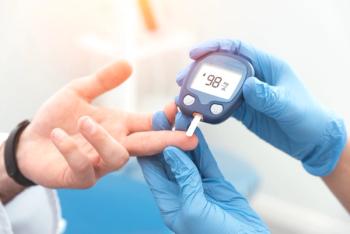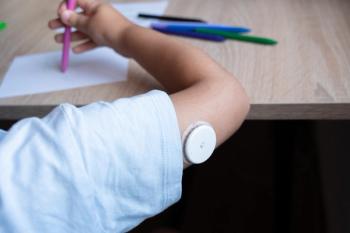
The latest from the 2022 AAP National Conference and Exhibition
Learn about the most recent news discussed at the 2022 AAP National Conference and Exhibition.
For the first time since 2019, American Academy of Pediatrics (AAP) National Conference and Exhibition was held in person in Anaheim, California, from October 7 to 11, 2022. The agenda was chockful of a dazzling array of sessions, product theaters, workshops, and an exhibit hall on virtually every pediatric topic under the sun. Topics range, but are not limited to, sessions and lectures on LGBT health and wellness; oral health; obesity and nutrition; neurology; pediatric trainees; osteopathic pediatricians, and so much more. Some of the session highlights include:
Booster seats in a bag: A pandemic success
Presenters discussed how the research project Clinic in the Park offered booster seats to low-income families during the COVID-19 pandemic.1
For project, researchers targeted low-income families, 85% of which identified as Hispanic or Latino. They set up neighborhood distribution hubs, where they distributed the booster seat in a bag, educational materials, and a liability waiver. Educational materials included a self-guided, online 15-minute HIPAA-compliant educational module in both English and Spanish. Content included information on age and size-appropriate protection devices and current California state laws. Participants also completed a 3-month follow-up survey online.
The 3-month follow-up electronic survey included 80% of respondents (100/125). Of those, 99% reported that children were using the booster seat, 98% stated that the seat belt fit better with a booster seat, and 100% agreed that children may need to ride in a booster seat until 10 to 12 years of age.
The researchers concluded that the virtual platform was a success—it was cost-saving, convenient, and efficient. It also eliminated access barriers and could be used as a model for bicycle helmets and water safety for parent education.
AAP reports on which children are at greatest risk for COVID-19
Children with preexisting conditions are at the greatest risk of severe COVID-19, while vaccinated children have decreased risk, according to research from AAP.2
In the study presented at the AAP National Conference, pediatric patients were divided into 3 groups based on age to account for clinical differences, data set coding limitations, and vaccine eligibility.
Among pediatric patients, about 19% tested positive for COVID-19, with 4% being hospitalized, needing intensive care unit or ventilation, or dying. These severe outcomes were most often seen in cases of comorbidity. Also, children who were Black, Asian, and Hispanic were at the greatest risk of severe outcomes.
Vaccination was a major protector against COVID-19, with at least 1 vaccination to no known vaccination having an odds ratio of 0.55 for severe disease. Based on this data, populations in need of the COVID-19 vaccination and other preventative measures can be identified.
References:
1. Carr L. Booster seats in a bag: A pandemic success. Contemporary Pediatrics. October 11, 2022. Accessed November 7, 2022. https://www.contemporarypediatrics.com/view/booster-seats-in-a-bag-a-pandemic-success
2. Krewson C. AAP reports on which children are at greatest risk for COVID-19. Contemporary Pediatrics. October 14, 2022. Accessed November 7, 2022. https://www.contemporarypediatrics.com/view/aap-reports-on-which-children-are-at-greatest-risk-for-covid-19
Newsletter
Access practical, evidence-based guidance to support better care for our youngest patients. Join our email list for the latest clinical updates.














